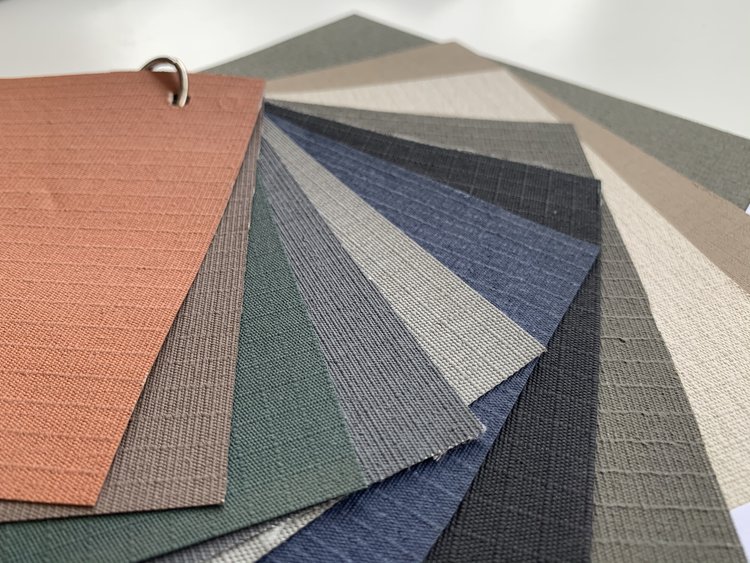sbf
Ripstop Canvas Material Manufacturing Company in Nairobi-We Sell and Supply 400G and 500G Ripstop options in Kenya-Tanzania-Uganda-Rwanda-Burundi-Somalia-South Sudan-Congo

© 2023 Sbf Interiors. All Rights Reserved.
Development by Starling Technologies
